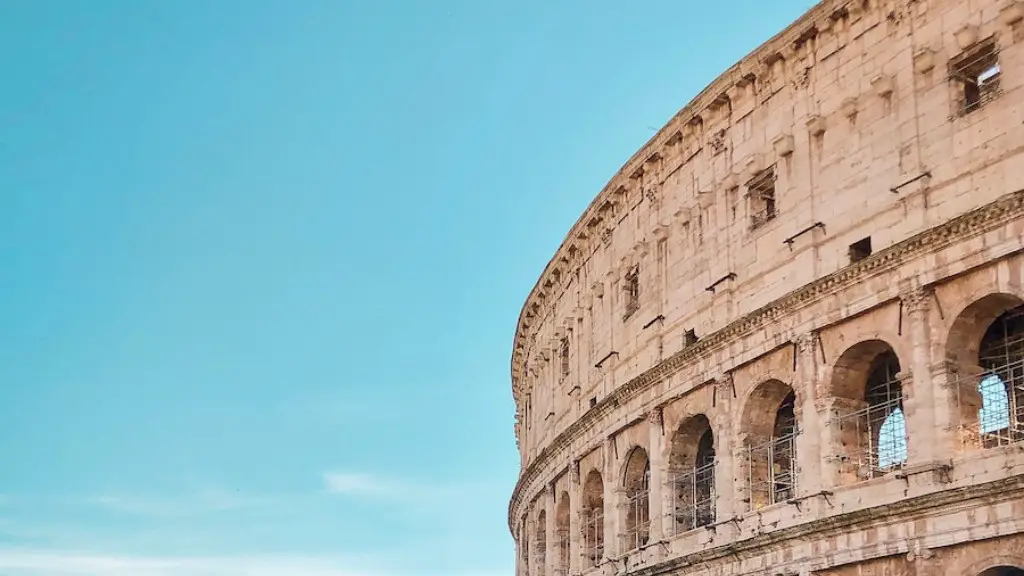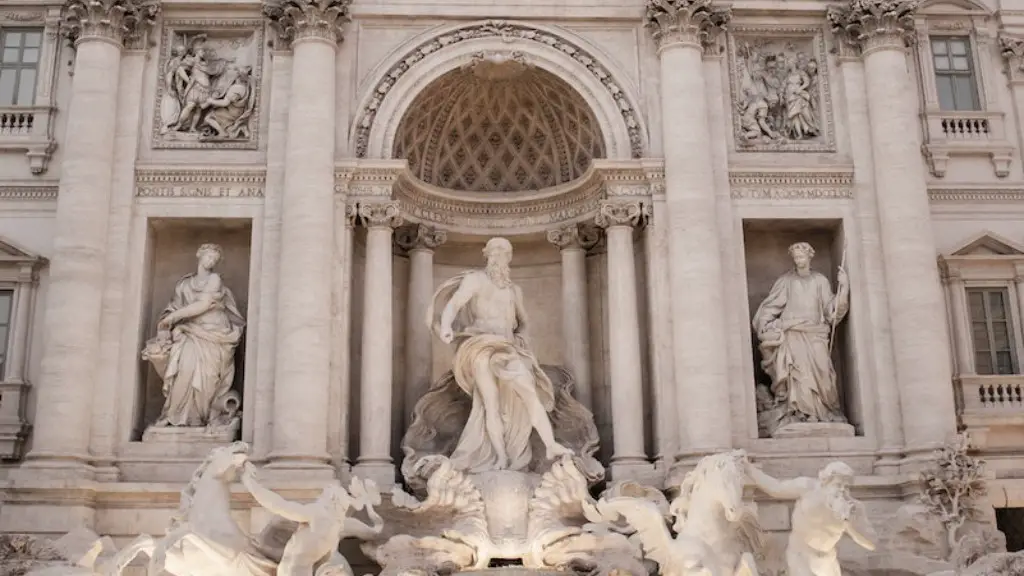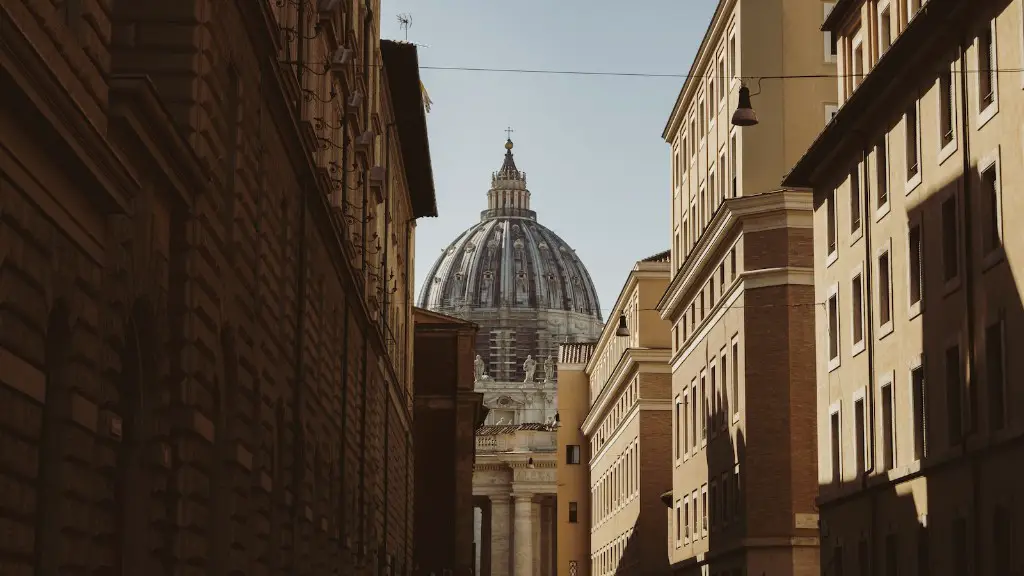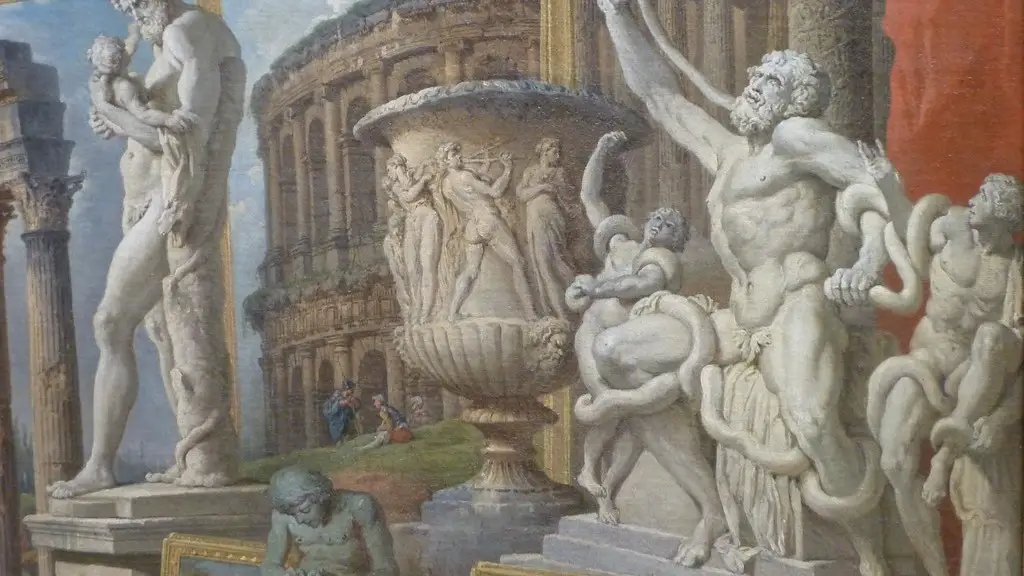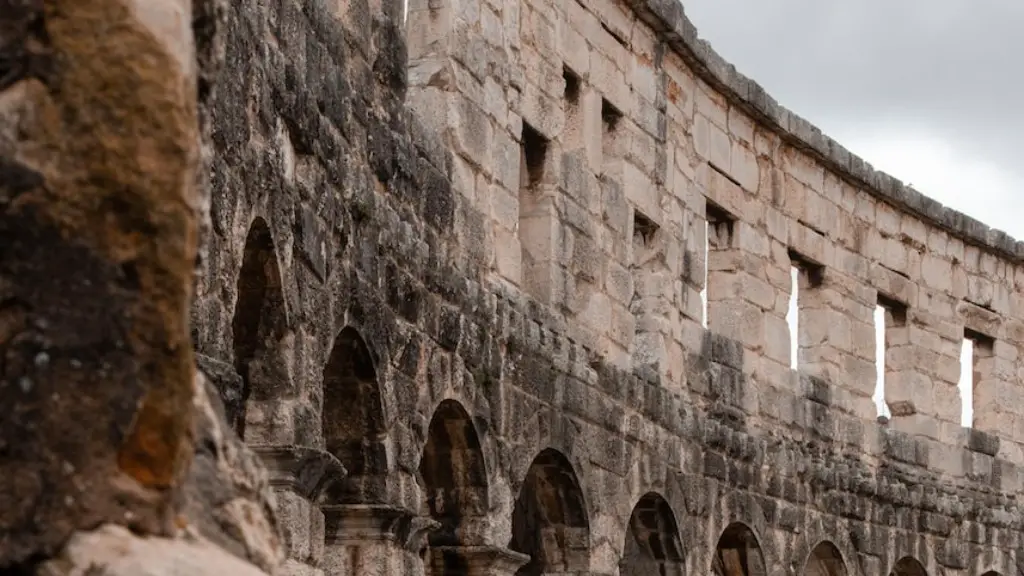If cars had been invented in ancient Rome, the world would be a very different place today. Instead of horses and chariots, Romans would be driving around in their cars. Can you imagine what the Roman empire would have been like with cars?
If there had been cars in ancient Rome, the city would have been even more congested than it already was. Cars would have made it even more difficult for pedestrians to get around, and the air would have been even more polluted.
Were there cars in ancient Rome?
Transportation in Ancient Rome was different from today’s world. They didn’t have cars or airplanes, but they developed an impressive transportation system with highways, horse-drawn chariots, and boats.
The Roman road system was one of the most impressive engineering feats of its time. The system allowed for quick and efficient transportation of people and goods throughout the empire. However, the modern road system is even more impressive. Today, we have far more miles of road than the Roman system. This allows for even greater transportation efficiency and flexibility.
Do any Roman roads still exist
Roman roads are still visible across Europe. Some are built over by national highway systems, while others still have their original cobbles—including some of the roads considered by the Romans themselves to be the most important of their system. The durability of Roman roads is a testament to the skill of the Roman engineers who designed and built them.
The Roman roads were some of the best in the world at the time, but today we have technologies that allow us to greatly improve on their legacy. Interlayers allow us to build stronger roads that can last for decades and carry traffic that would have been unimaginable to the Romans.
Why are Roman roads so good?
The Romans were renowned for their engineering and construction abilities, and their roads were no exception. When it came to the actual building, the Romans used a three-layer system to ensure that the roads would be sturdy. The first layer consisted of mud, stones, rough gravel, and crushed bricks on a level surface, followed by sand or fine gravel. This middle layer helped to bind the first layer together and provided a firm foundation for the top layer of paving stones. The paving stones were usually cut to a size of about one foot by two feet, and they were laid in a herringbone pattern. This type of construction resulted in a road that was extremely durable and could withstand a lot of wear and tear.
The ancient ships were not very fast and relied heavily on good winds and currents. The ships reached an average speed of up to 6 knots, therefore the journey from Rome to Narbonne took 3 days, to Corinth 5 days, to Rhodes 7 days and to Alexandria 10 days. These days, however, modern ships can travel much faster and don’t need to rely on the wind or currents nearly as much.
How would the Romans get the water to the city?
The Roman aqueduct is one of the most impressive feats of engineering from antiquity. These man-made channels were used to transport fresh water to highly populated areas, and their construction was an incredible feat given the time period. Aqueducts are still used in many parts of the world today, and their design is still studied and admired by engineers.
It is interesting to note that the average depth of metalling over 213 recorded roads is about 51 cm (20 in). This depth of metalling would have taken centuries to build up in some places. The main trunk roads were originally constructed by the Roman army.
How did Roman roads last so long
The roads they built were made from aggregates – lots of different sized stones that compacted down to create a strong, stable and long-lasting surface These roads could stand up to the marching of hundreds of soldiers, and carts laden with supplies. The roads were built to last, and they did – many of them are still in use today.
The Appian Way was the first and most famous of the ancient Roman roads. It ran from Rome to Campania and southern Italy. It was begun in 312 bce by the censor Appius Claudius Caecus.
What language did Romans speak?
Latin was originally the language spoken by the ancient Romans. As the Romans extended their empire throughout the Mediterranean, the Latin language spread. Today, Latin is still used as the official language of the Vatican, and it is studied by scholars all over the world.
The Appian Way is one of the oldest and most famous roads in Rome. It was built in 300 BC by Appius Claudius Caecus, and gets its name from him. The Appian Way was the first long distance paved road built in Rome and was used to connect Rome to other parts of Italy. It entered Rome through a monumental gate called the Porta Capena. The Appian Way was an important road for trade and military purposes, and was used by many famous historical figures, such as Julius Caesar and Hannibal.
Who makes the best roads in the world
There is no denying that all of the countries mentioned above have excellent roads. Oman, Switzerland, Austria, Germany, Portugal, Singapore, France, and the United Arab Emirates all have great infrastructure and well-maintained roads. However, the emirates is often cited as having the best roads in the world. This is likely due to the fact that the emirates has a large amount of oil money and can afford to invest in its infrastructure.
Roads were a vital part of the Roman Empire, allowing for the transport of goods and troops across the vast territory. The roads were built to last, with many of them remaining in use for centuries after the fall of the Empire.
Who invented streets?
The roads found in Mesopotamia are some of the oldest constructed roads in the world. These stone paved streets date back to approximately 4000 BC in the cities of Ur and Babylon. The roads were likely used for trade and transportation between the two cities.
The team’s spectroscopic examination has led them to believe that Roman concrete was made by mixing calcium carbonate with the pozzolanic material and water at very high temperatures – a process known as ‘hot mixing’. This ‘hot mixing’ is thought to be the key to the concrete’s super-strong nature.
Conclusion
If there had been cars in ancient Rome, the city would look very different. The streets would be wider to accommodate the cars, and there would be parking areas everywhere. The roads would be in poor condition because the cars would be constantly driving on them. There would be a lot of traffic and the air would be full of exhaust fumes.
Cars have changed the way we live, work, and play. If cars had been available in ancient Rome, the world would be a very different place today. Rome would be a much more congested city, and the Roman empire might not be as large as it is today. Ancient Rome was built on the idea of conquest, and if cars had been available, the Romans might have been able to conquer more territory.
